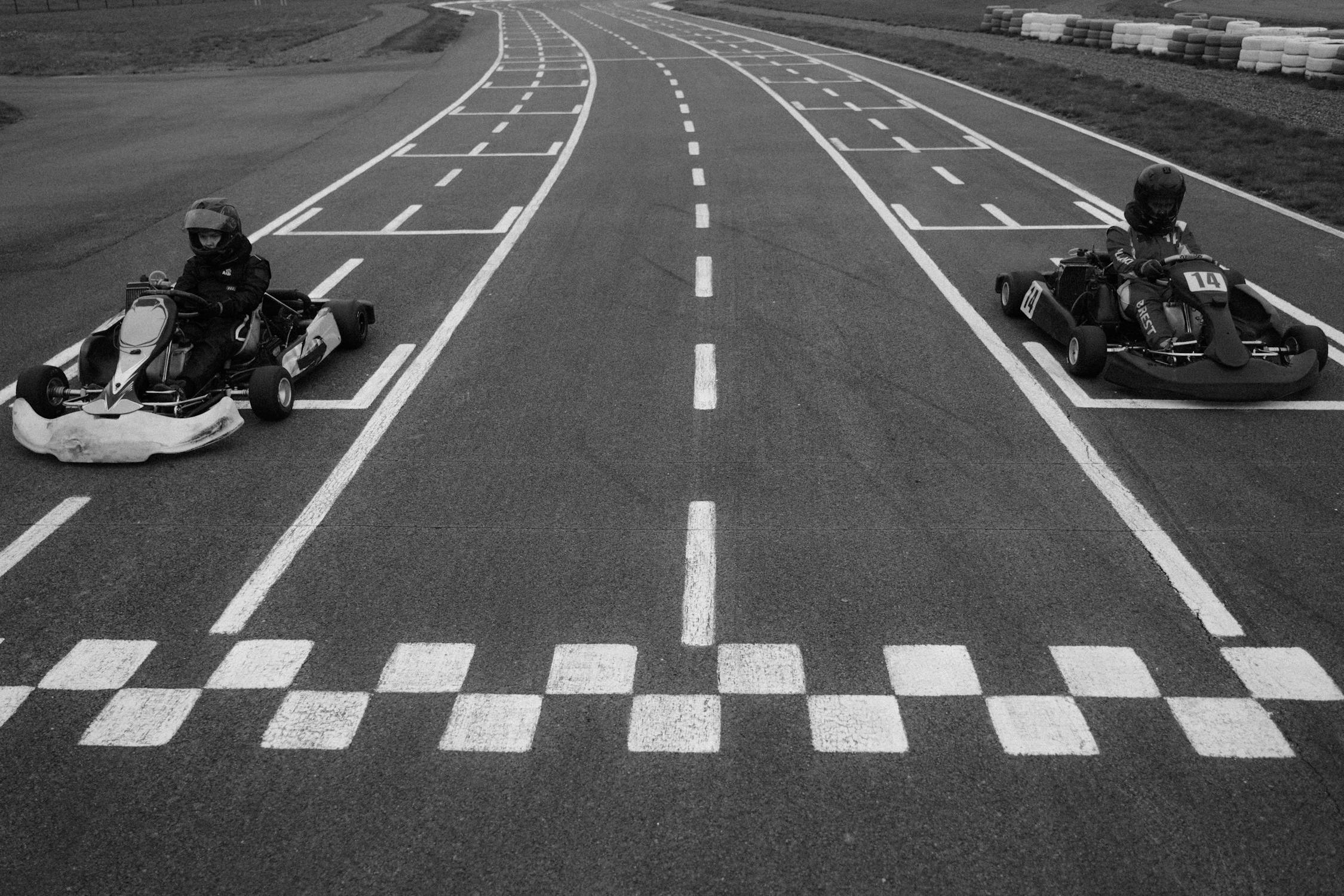Driving Habits Contribute to Car and Truck Crashes
Personal injury attorneys and safety groups work to heavily promote the dangers that the big 18-wheeler trucks create on our highways and interstates. Major news outlets do their part in this promotion as well.
Safety organizations calling for more federal regulations to be placed on truck drivers, state that fatigue is a contributing factor in as many as 30-40% of all heavy truck crashes. The problem with this statement is that it is false.
Commercial trucks are involved in 2.4% of all car accidents and more than 80% of those accidents are the fault of the non-commercial driver. Furthermore, only 16% of all truck driving accidents are due to the truck driver’s fault and of those death related accidents, only 4% of trucks are fatigue related.
The truth as it relates to car and truck crashes, is that the driver of the car is at fault over 80% of the time. This is all the more reason that driver education should include training in how to drive around big trucks and parents should help educate their coming-of-driving-age kids on the major driving habits that are the cause of car and truck crashes.
The most serious problem that non-commercial drivers face is the misunderstanding of the mechanics of truck driving. Other factors include basic safe driving skills such as obeying the speed limit, lane changing and respect for other drivers.
The most common causes of car crashes with semi-trucks are:
- Driving in the truck’s “No-Zones” – All 18-wheelers have “blind spots” where the driver can not see the car due to the size of the commercial vehicle. These “blind spots” include directly behind the truck, in front of the truck which includes the lane that the truck is in as well as one lane to the right and a “blind spot” beside the truck’s right door. In addition, there is a “no zone” on each side of the truck that can span for several lanes.
- Pulling out in front of a truck without proper acceleration – It takes an 18-wheeler a longer distance to stop. As a rule of thumb, it takes a semi tractor-trailer 40% longer to come to a stop than it does a car. Depending on road conditions, loaded weight and other such factors, it can even take longer. For example, the stopping distance for a tractor-trailer that is fully loaded on dry pavement going at 60 mph is approximately 335 feet, nearly the length of a football field.
- Driving between or along-side big trucks – This is one of the most dangerous habits one can do as large trucks create an air flow which can pull the car into the rig. If necessary, increase your speed in order to get past the truck as soon as possible to avoid any possible air turbulence.
- Maneuvering to the right of a truck that is making a right turn – When you do this, the driver of the rig at some point, can not see you due to the “blind spot” that this maneuver creates.
- Changing lanes abruptly in front of a truck – Again, due to the size and weight of these large vehicles, their stopping or slowing down process is greater and simply through inertia and the laws of physics, will not be able to stop in time to prevent a crash.
- Misjudging an approaching truck’s speed at an intersection – Many crashes between cars and trucks occur at intersections while the truck is approaching for a turn. Due to the size of the commercial vehicle, its speed can appear to be much slower than it is actually moving; much like a large airliner flying through the sky; it appears to be moving very slowly, while we all know that this is not the case.
The list of causes for car and truck accidents could very well be endless, but these are the top serious driving habits non-commercial drivers perform which result in the 80% of auto drivers being the direct cause of car and truck related crashes.
Other factors include:
- Driving under the influence of drugs or alcohol
- Ignoring road conditions
- Talking on a cell phone and/or texting while driving
- Speeding
- Reckless driving/moving in and out of traffic
- Simply not paying attention
If the driver education course is going to fail to teach our kids how to drive around the big rigs, then the parents must take on this task because the life they save could be their very own children.








